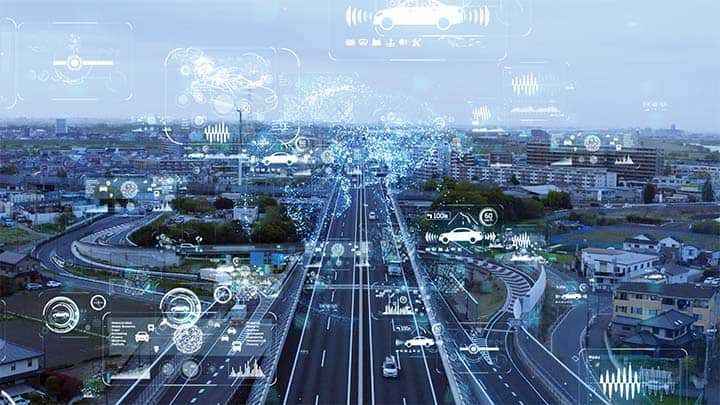In the realm of transportation systems, the world has seen a significant evolution from the rudimentary wheel to the high-speed bullet trains. However, one example of a transportation system that is currently making waves in the industry is the Hyperloop. This innovative mode of transport, still in its developmental stages, promises to revolutionize the way we travel, offering a blend of speed, efficiency, and sustainability that is unprecedented in the history of transportation.
The Hyperloop concept was first proposed by Elon Musk, the CEO of SpaceX and Tesla, in 2013. It involves the use of a sealed tube or system of tubes through which a pod may travel free of air resistance or friction, conveying people or objects at high speed while being very efficient. The system is designed to reach speeds of up to 760 miles per hour, potentially reducing travel time between major cities from hours to mere minutes.
The Hyperloop system is not just about speed. It also promises to be one of the most sustainable forms of transport. The system is designed to be fully autonomous and electric, reducing the carbon footprint associated with traditional modes of transportation. Moreover, the infrastructure required for the Hyperloop can be built in a way that minimizes environmental disruption, with the potential for the tubes to be built above or below ground, or even underwater.
While the Hyperloop system is still in its developmental stages, several companies worldwide are working towards making this concept a reality. Virgin Hyperloop, for instance, has already conducted successful passenger tests, marking a significant milestone in the journey towards operational Hyperloop systems.
However, the road to realizing the Hyperloop system is not without challenges. Technical hurdles, such as maintaining a near-vacuum in the tubes over long distances and ensuring passenger safety at high speeds, need to be overcome. Regulatory and infrastructure challenges also pose significant obstacles to the widespread adoption of this technology.
Despite these challenges, the Hyperloop represents a fascinating example of a transportation system that could redefine our concept of distance and time. It embodies the spirit of innovation and progress that has driven human transportation systems from the earliest days of the wheel to the present day.
In conclusion, the Hyperloop is a promising example of a transportation system that could revolutionize the way we travel. While it is still in its developmental stages, its potential for high-speed, sustainable travel makes it a fascinating subject for both transportation enthusiasts and the general public.


